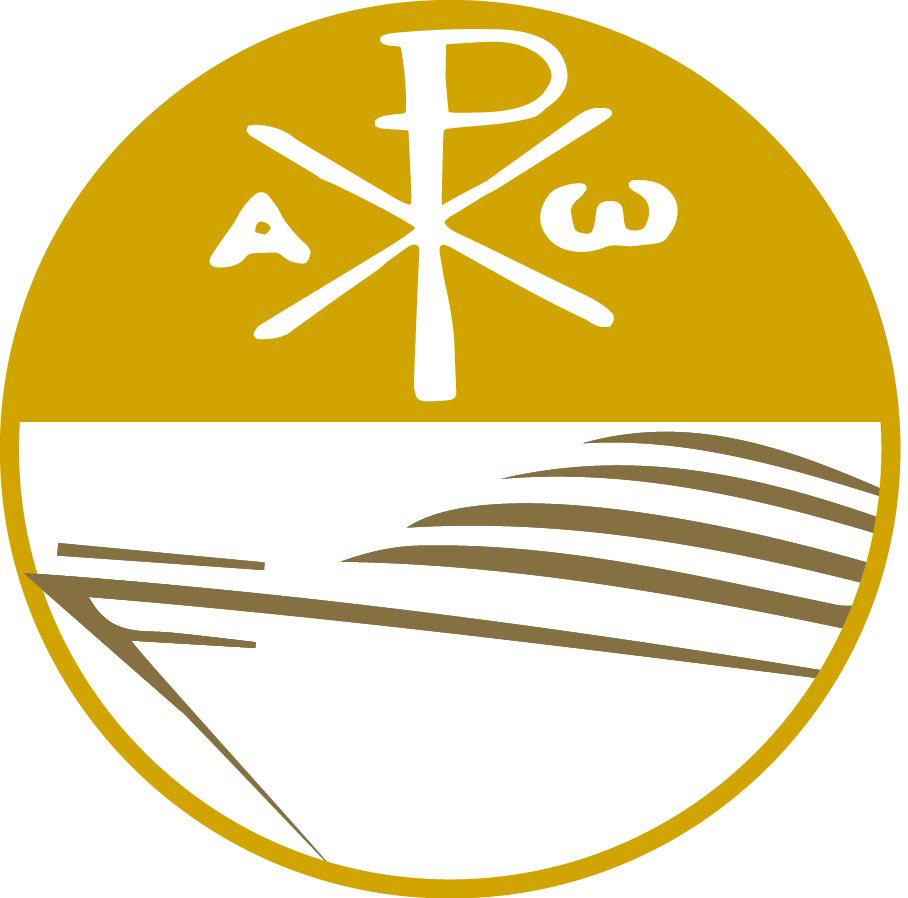
17 Feb An Unusual Crucifix?
The active researcher undertaking a long-term survey of the various depictions of Christ on the cross throughout the history of art—from the initial development of such a subject, approximately around the year 430 of our era—should expect many surprises. One of these (and certainly not insignificant) is the encounter of the Holy Face, the conventional designation for a Christ on the cross dressed in a sumptuous, black cloak with golden inserts that cover his arms and entire body down to his ankles, a pre-Renaissance version of the ancient Roman colobium. It is a Crucifix topped with a regal crown, with his head facing forward and eyes open, details which at this time were absolutely not common. But the surprise is not elicited just in the manner in which he is dressed, but also in the fact that this presentation of Christ on the cross is contemporary, on the one hand, to the scantily-clad or indeed fully nude painted or sculpted Crucifixes such as those of Donatello, Raphael, or Michelangelo and, on the other hand, to the agonizing Crucifixes, bloodied and bleeding, covered in wounds, in agony or dead, with closed eyes and head hanging back or falling to the front, such as those of Grünewald or Altdorfer. In these same decades, therefore, completely different versions of Christ on the cross coexisted…
The Holy Face reproduced here, a painting on wood (160 x 120cm) housed in Budapest, is the work of Piero di Cosimo (1462-1522): he extended until the Renaissance the popular tradition of the Holy Face of Lucca, otherwise known as the Holy Face, first appearing in the 11th century and based on the legend according to which Nicodemus, who came to meet Jesus at night, would have himself sculpted a statue, making use of the model of the Holy Shroud, and the angels it upon themselves to create the face while Nicodemus slept, a detail which confers upon this statue the quality of “acheiropoieta”, that is “not made by human hand”.
The statue would thus have been miraculously transported from Palestine to Lucca in Italy on a ship with neither a captain nor sailors… from that moment there arose in the West many replicas with which episodes just as surprising were associated, like the explanation of the strange detail of Christ’s right foot set upon a chalice, which calls to mind the gift of the slipper that Christ himself would have made to a beggar, come to worship his statue and desirous of making an offering but completely without money. The slipper was thereafter considered miraculous. The history of religious art is surely rich with the unexpected…
The Holy Face reproduced here, a painting on wood (160 x 120cm) housed in Budapest, is the work of Piero di Cosimo (1462-1522): he extended until the Renaissance the popular tradition of the Holy Face of Lucca, otherwise known as the Holy Face, first appearing in the 11th century and based on the legend according to which Nicodemus, who came to meet Jesus at night, would have himself sculpted a statue, making use of the model of the Holy Shroud, and the angels it upon themselves to create the face while Nicodemus slept, a detail which confers upon this statue the quality of “acheiropoieta”, that is “not made by human hand”.
The statue would thus have been miraculously transported from Palestine to Lucca in Italy on a ship with neither a captain nor sailors… from that moment there arose in the West many replicas with which episodes just as surprising were associated, like the explanation of the strange detail of Christ’s right foot set upon a chalice, which calls to mind the gift of the slipper that Christ himself would have made to a beggar, come to worship his statue and desirous of making an offering but completely without money. The slipper was thereafter considered miraculous. The history of religious art is surely rich with the unexpected…

